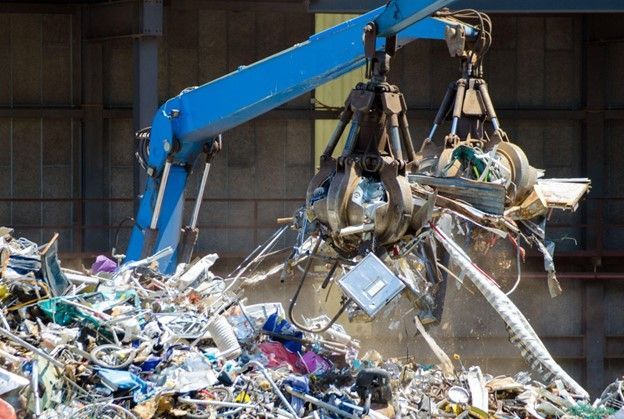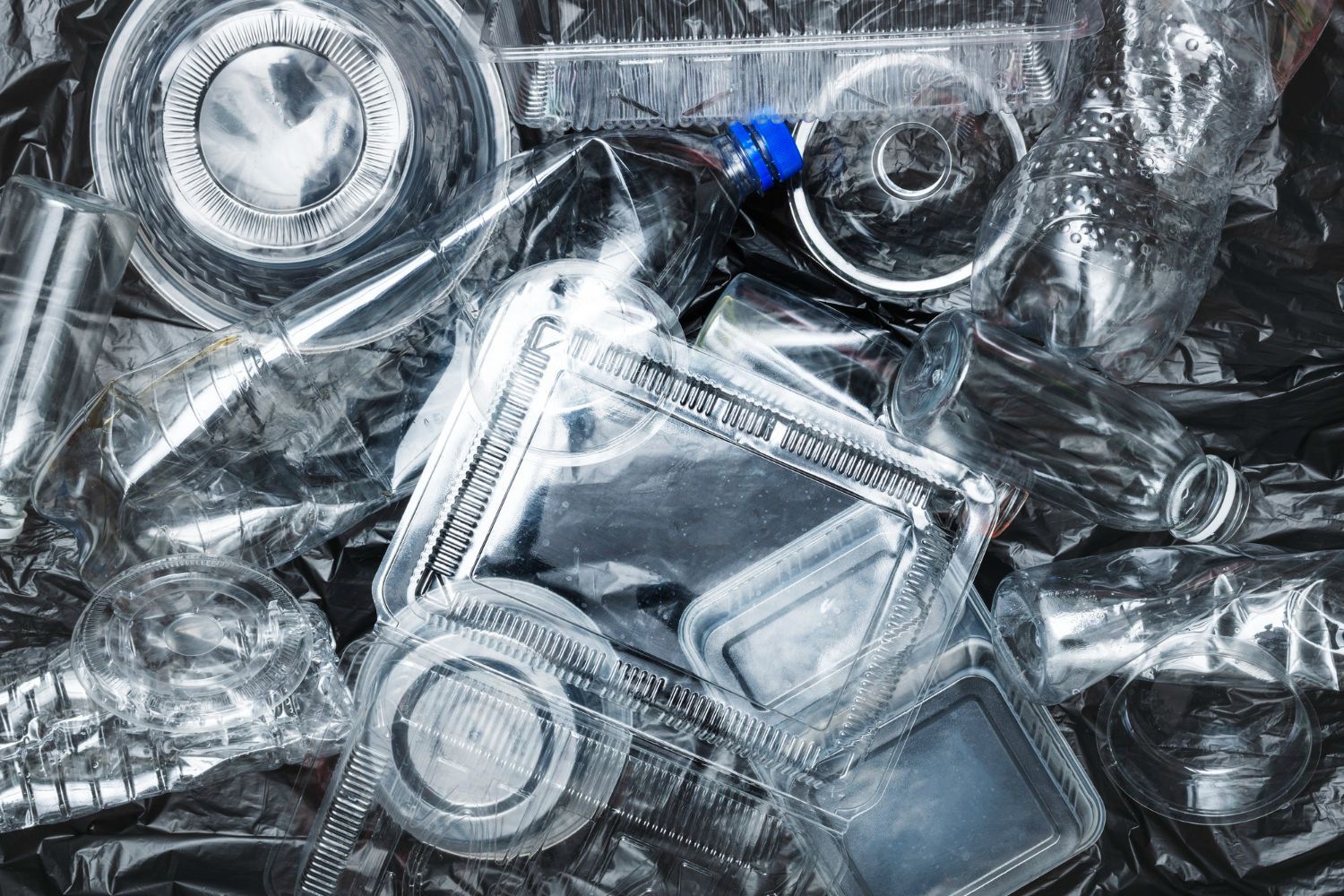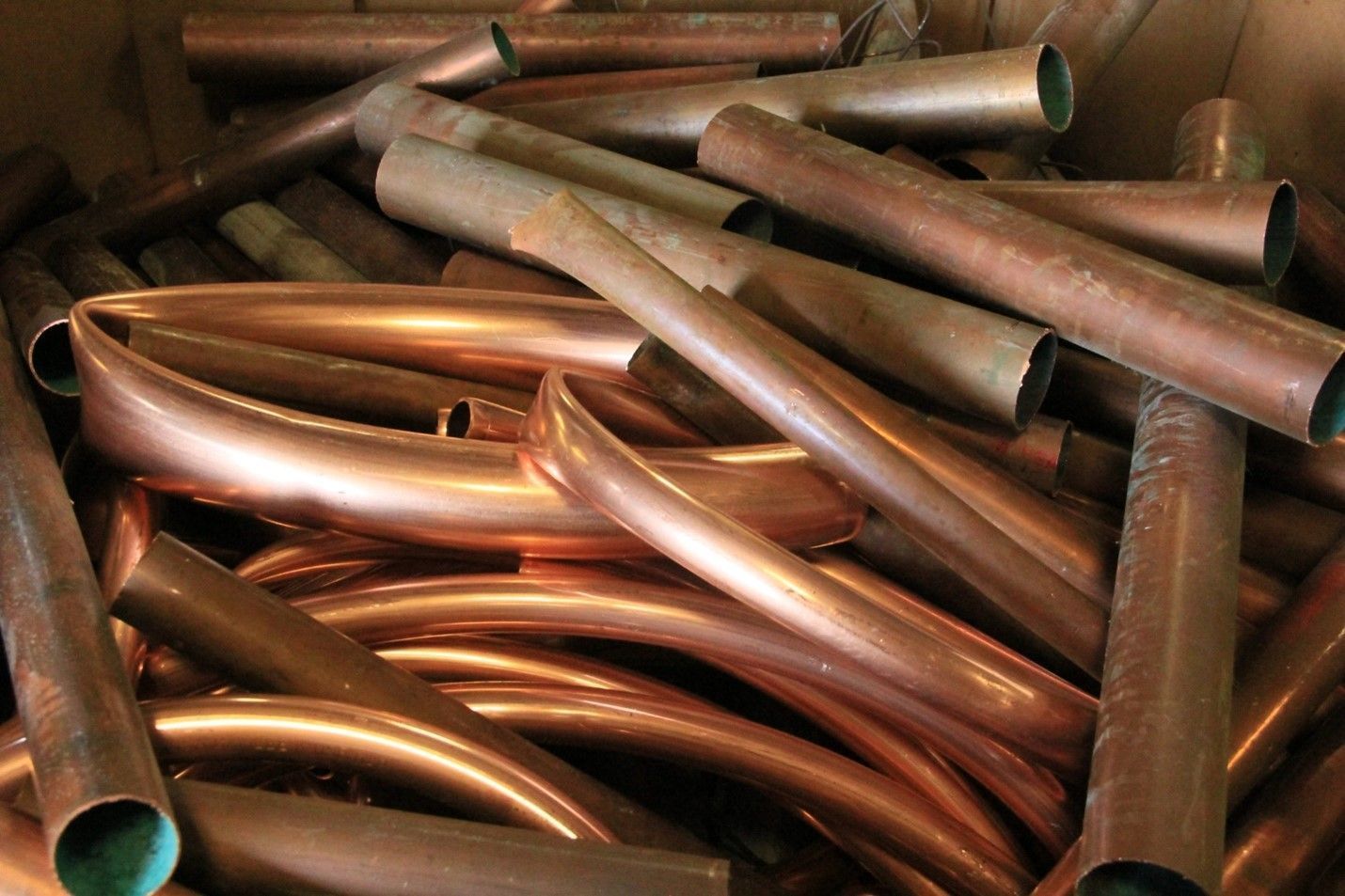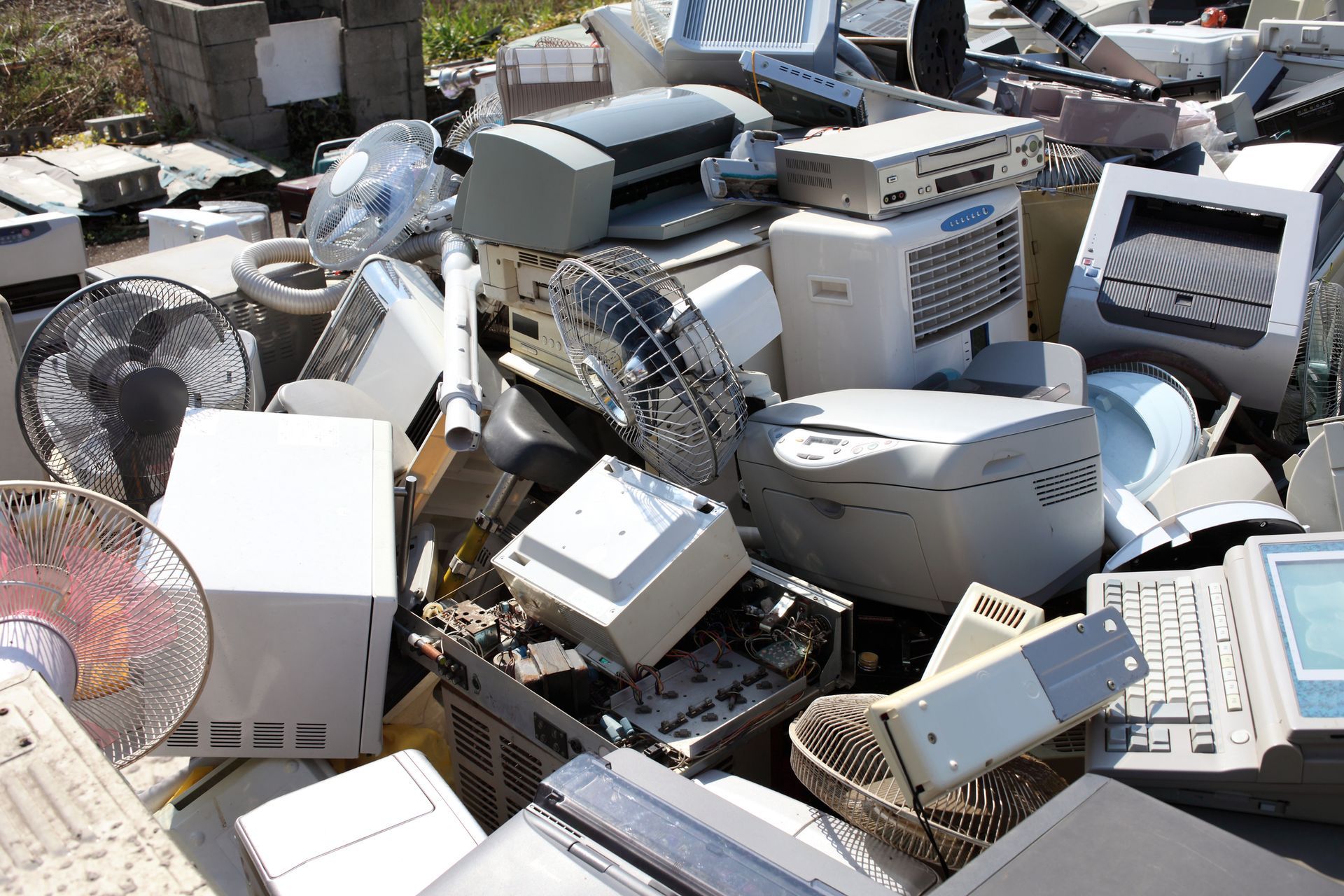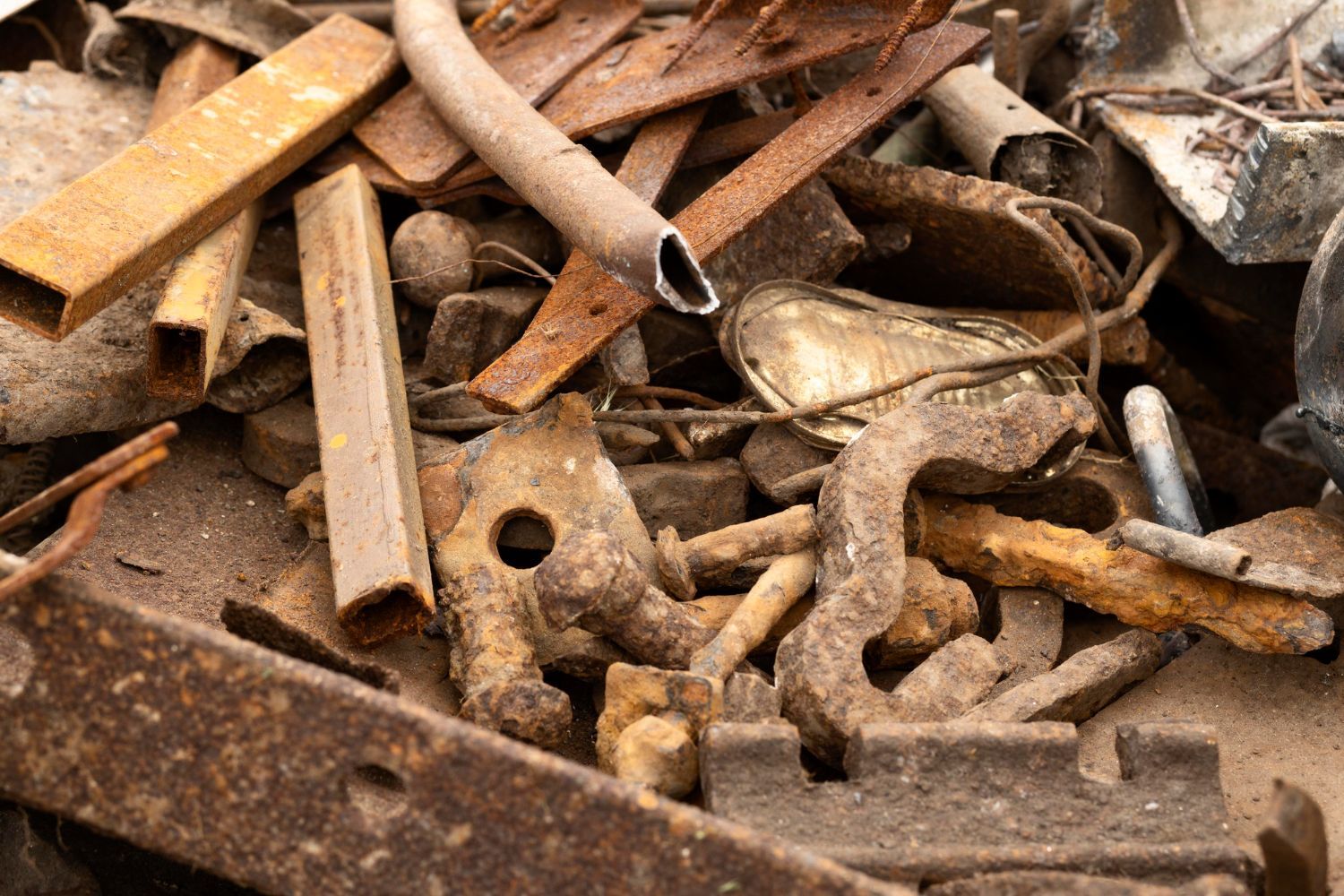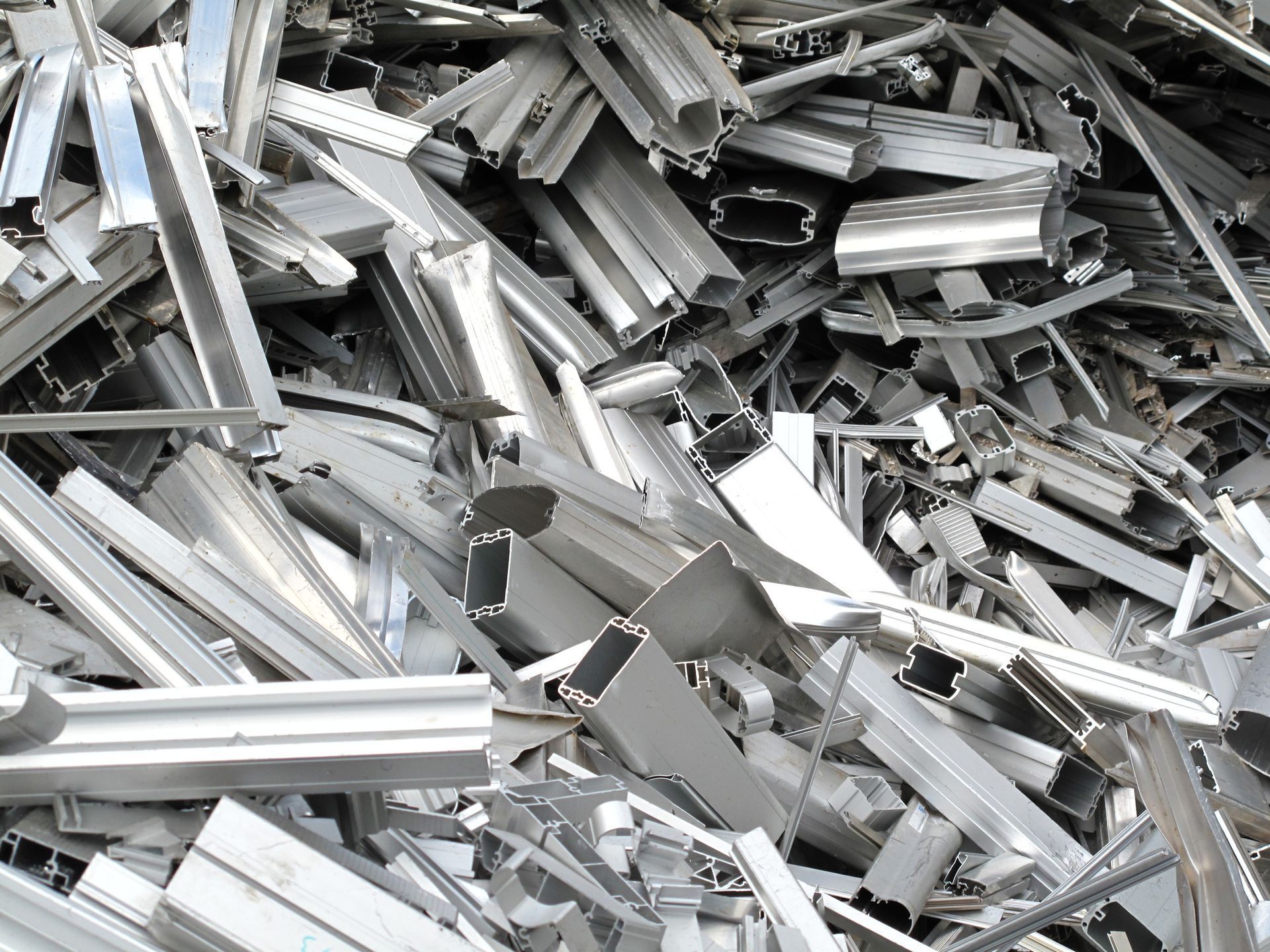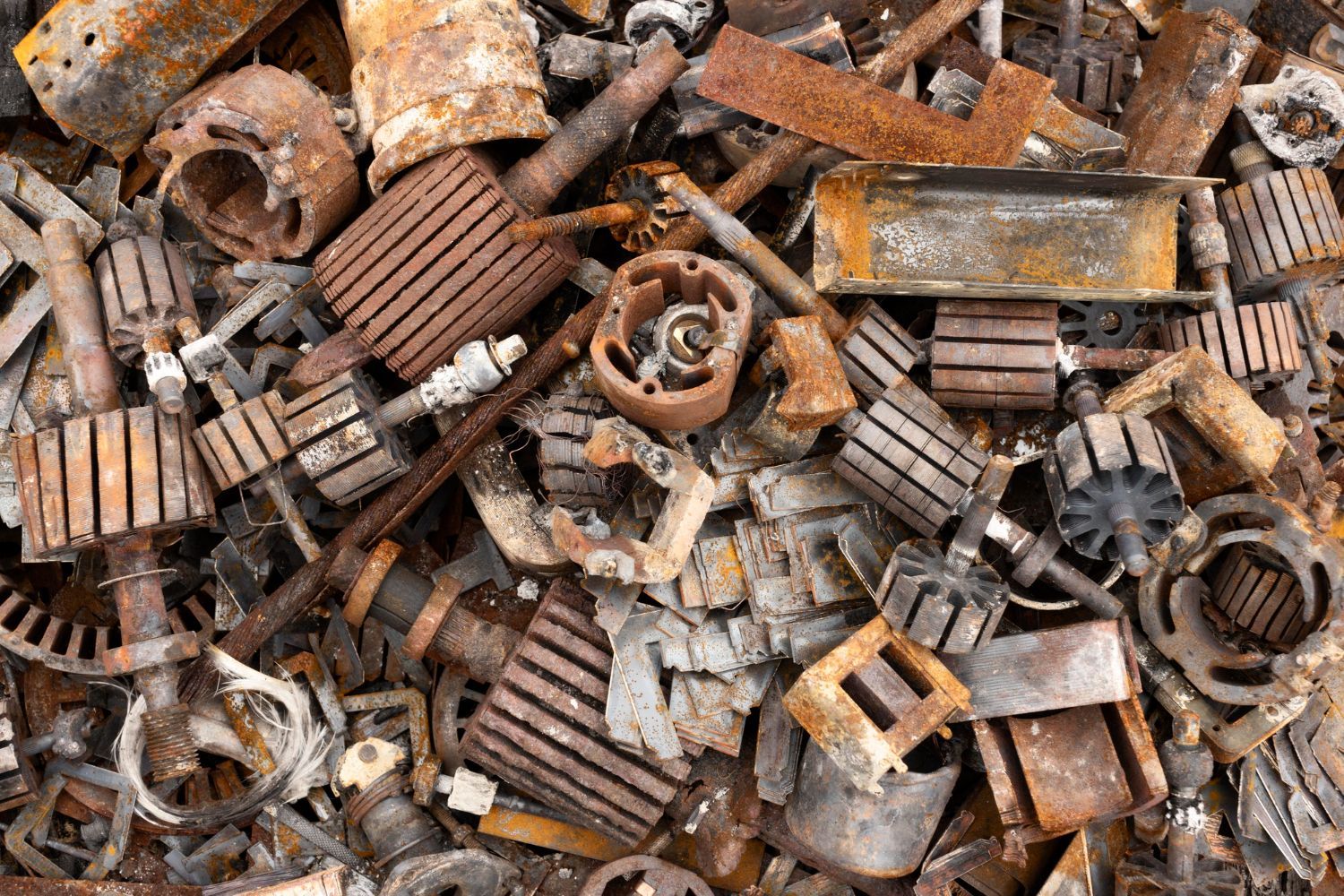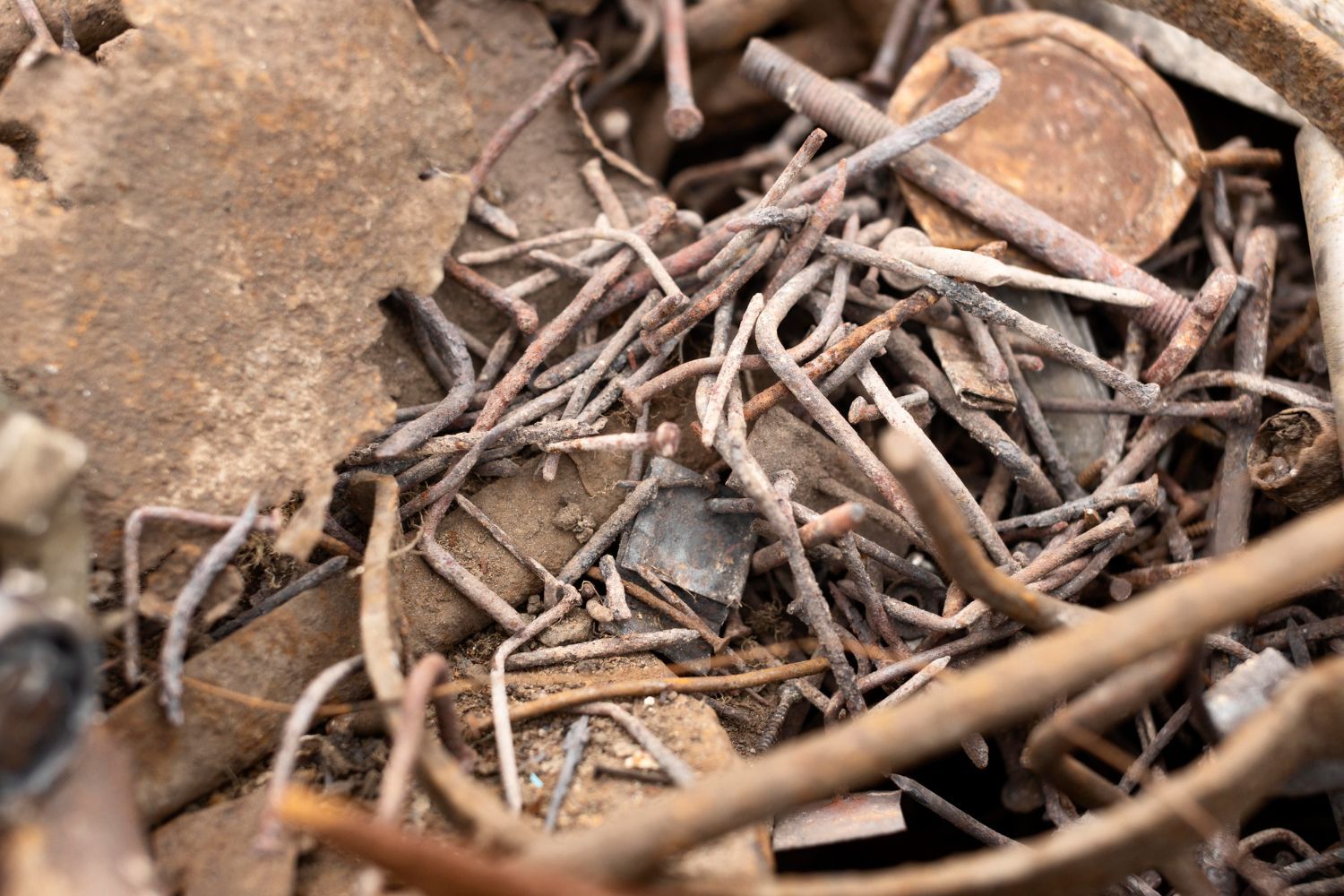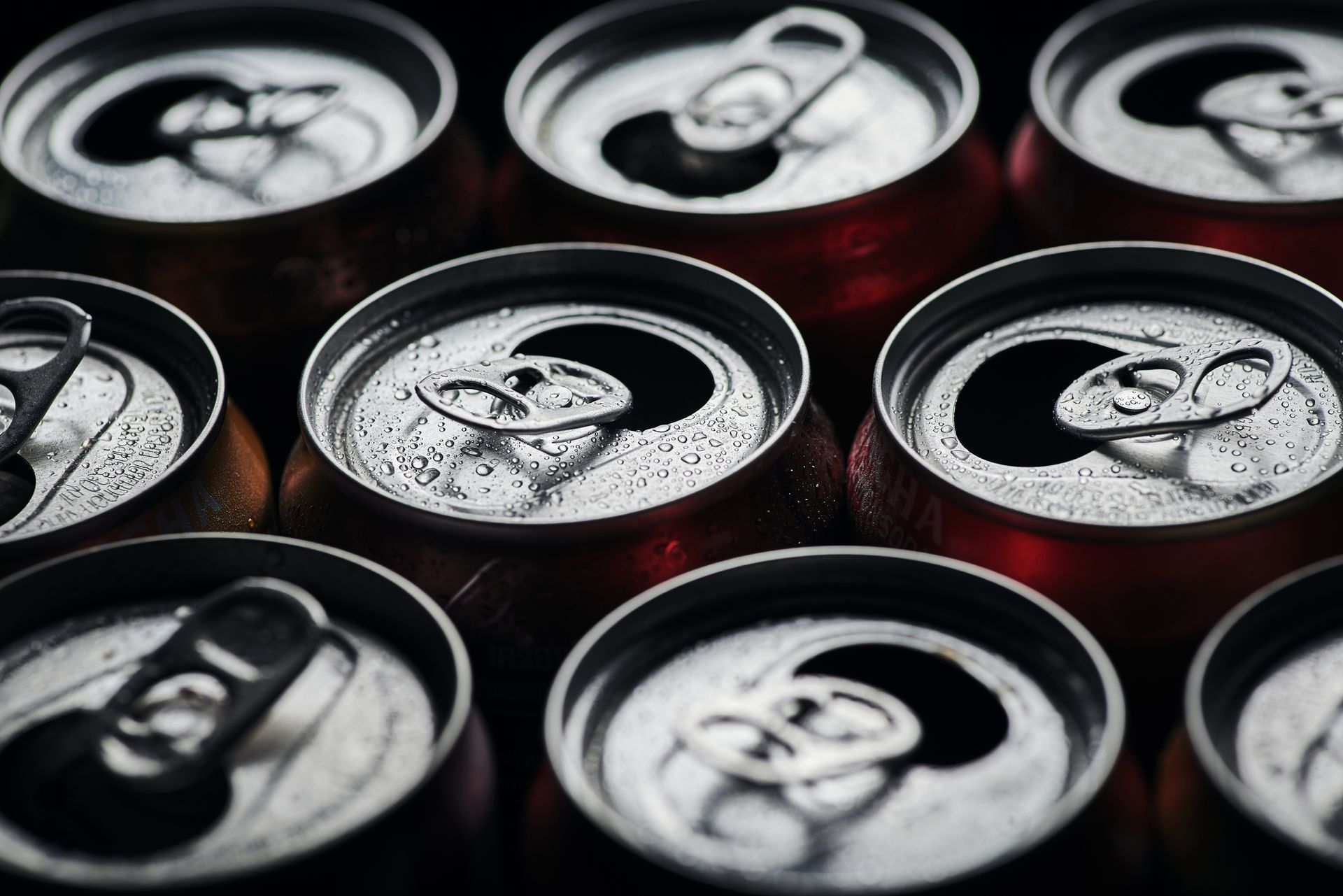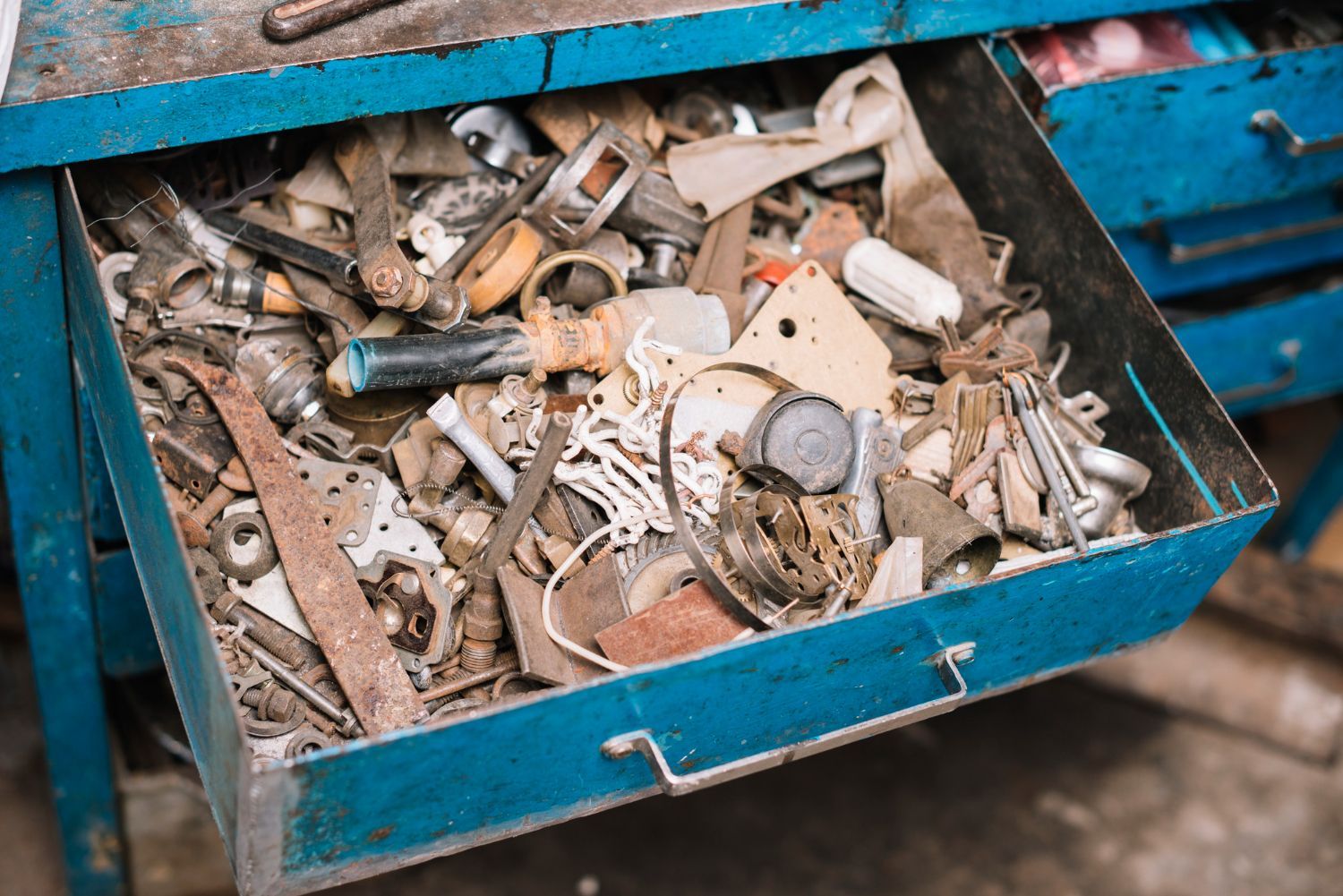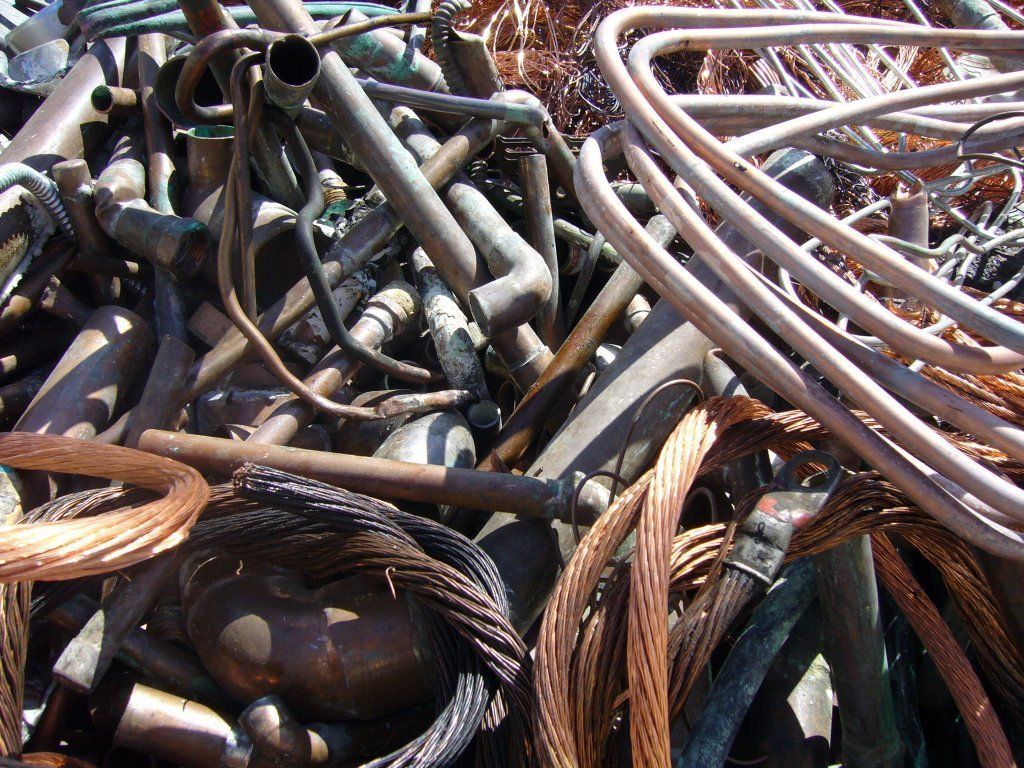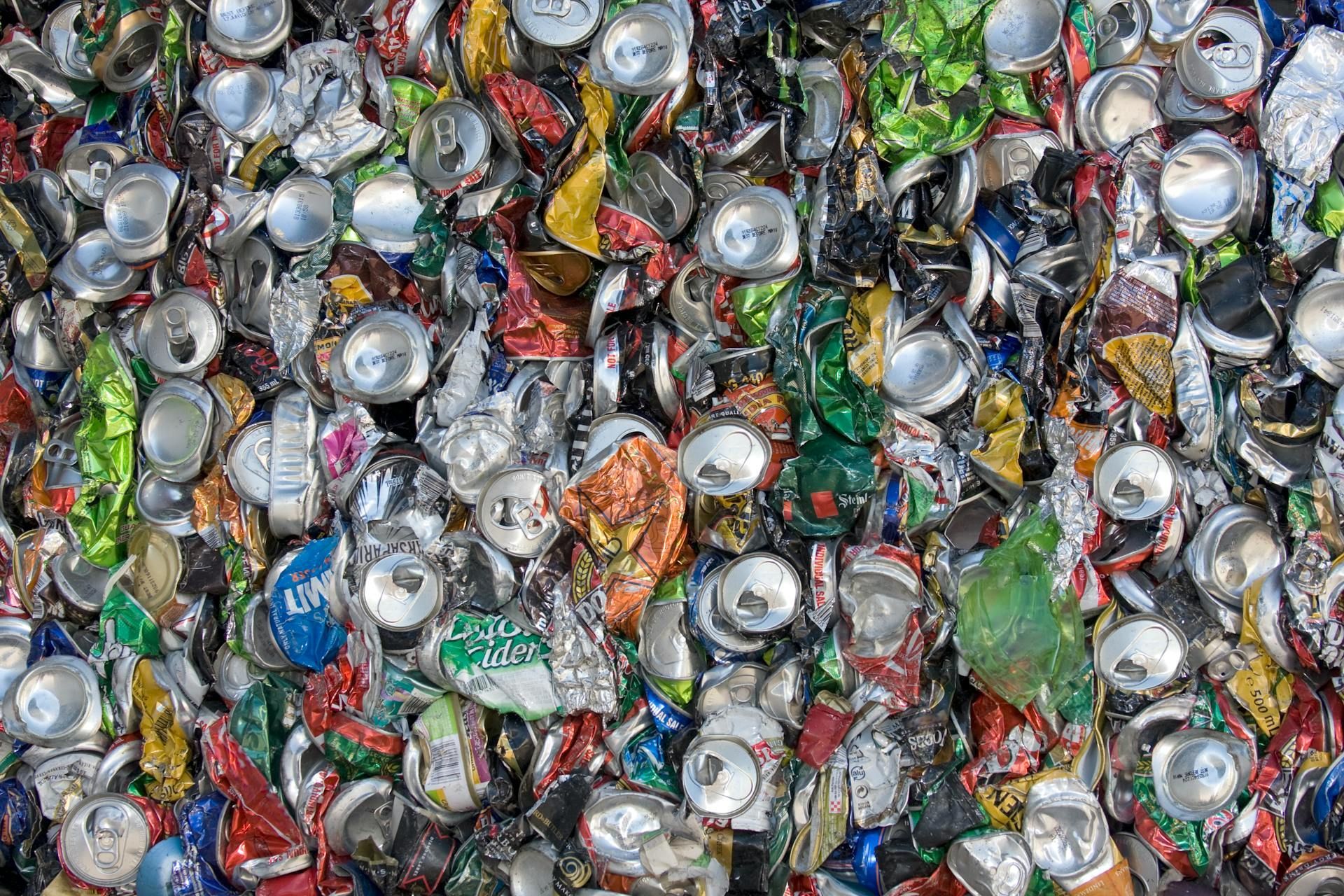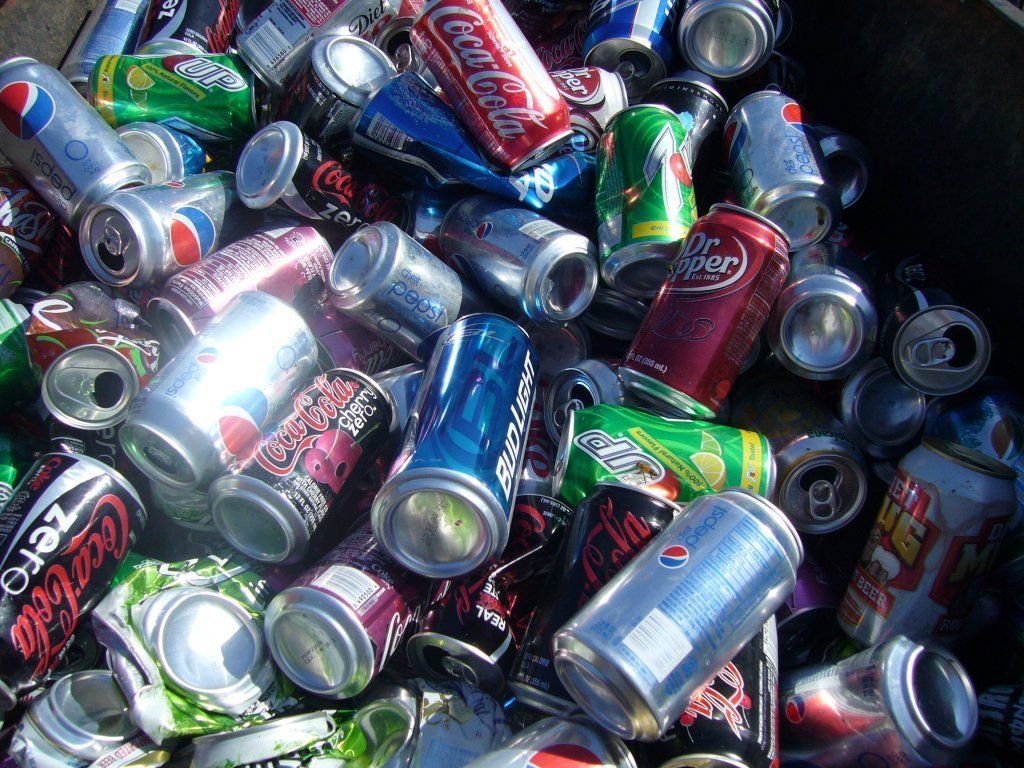Recycling Contamination Mistakes to Watch Out For
If you separate your regular garbage from your recyclables, you are doing your part to save the environment, right? Unfortunately, this isn't always the case.
Many consumers are not familiar with recycling contamination and the effect it can have on the recycling process. Contaminants that are found within a batch of recyclable materials can render the entire batch useless. This contributes to landfill waste and reduces the amount of recyclable materials available for use in post-consumer production.
When you understand the relationship between recycling contamination and your efforts to recycle cardboard, plastic, and glass items, you can be proactive in eliminating contaminants from your recycling bin.
1. Improper Separation
Believe it or not, products that are recyclable themselves can act as contaminants when they find their way into the wrong batch of goods. You should never throw all your recyclable materials into a single container (unless you have an agreement in place with your recycling center to do so).
Most recycling centers utilize specialized equipment that is designed to handle a single type of material. Placing glass with cardboard or plastics with aluminum cans makes it impossible for machinery to treat the recycled items properly. This will result in a rejection of the entire batch, causing it to be sent to the landfill for disposal.
You can easily avoid the contamination caused by improper recycling if you take the time to separate the materials into separate containers in your home.
2. Plastic Bags
Everyone knows that plastics can be recycled, but few consumers understand the difference between rigid plastics and plastic bags. Most community recycling centers are not set up to process plastic bags. The soft and pliable nature of plastic bags allows them to easily get caught up in recycling equipment, potentially causing the equipment to fail altogether.
A lot of consumers will place jars, bottles, and cans into plastic bags before throwing them in the recycling container. Your intentions may be in the right place, but plastic bags can delay the recycling process. An employee at the recycling center will have to manually eliminate each plastic bag before recycling can begin.
Your local grocery store likely has a plastic bag collection bin that can be used to recycle these bags properly. Keep plastic bags separate from your other recyclables to avoid contamination.
3. Product Residue
Perhaps the most common type of recycling contamination is product residue. Grease and cheese left on a pizza box, sauce clinging to the inside of a pasta sauce jar, or juice droplets inside a plastic jug are all forms of product residue.
You cannot just toss your recyclable items into the collection bin once you have used up the product within. You need to take the time to rinse out each jar, can, or receptacle before recycling. The containers don't have to be spotless, but you should remove as much of the residue as possible.
When you take a few extra minutes to rinse out your containers, this will ensure the speedy and efficient recycling of the materials that you place into your recycling bin each day.
Recycling contamination causes many problems for the recycling centers that receive your materials after collection. Contaminants can expose workers to safety hazards and increase the amount of money that must be spent on machine maintenance. Product residue can attract insects, rodents, and other undesirable pests into the recycling center.
Many contaminants also have the potential to reduce, or even eliminate, the value that recycled products hold on the post-consumer market. Eventually, this devaluation could lead to an increase in recycling costs in your area.
If you are interested in learning more about how you can prevent recycling contamination, or you want to make some money recycling metal of any kind, contactBruce Metal & Salvage.
